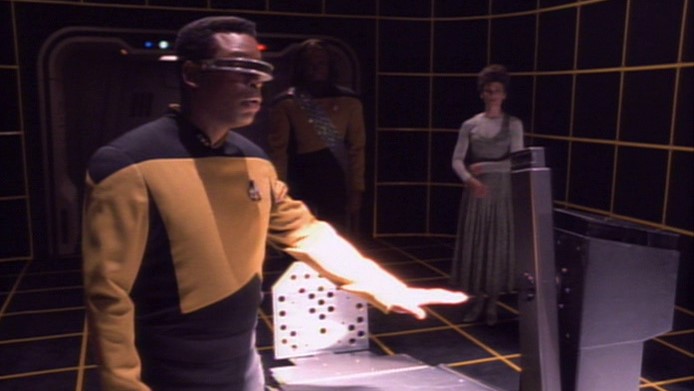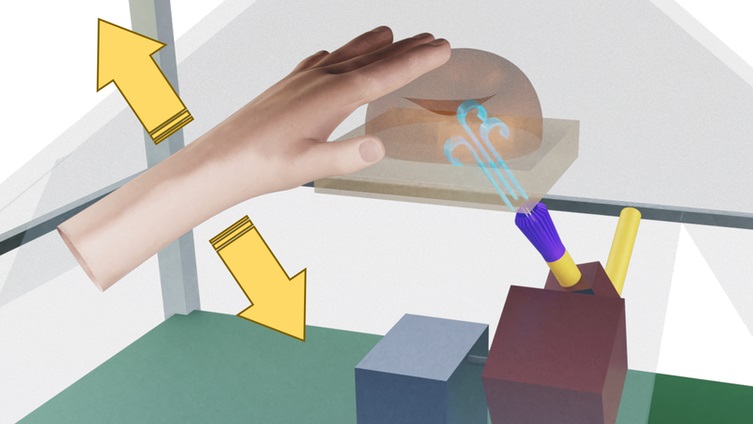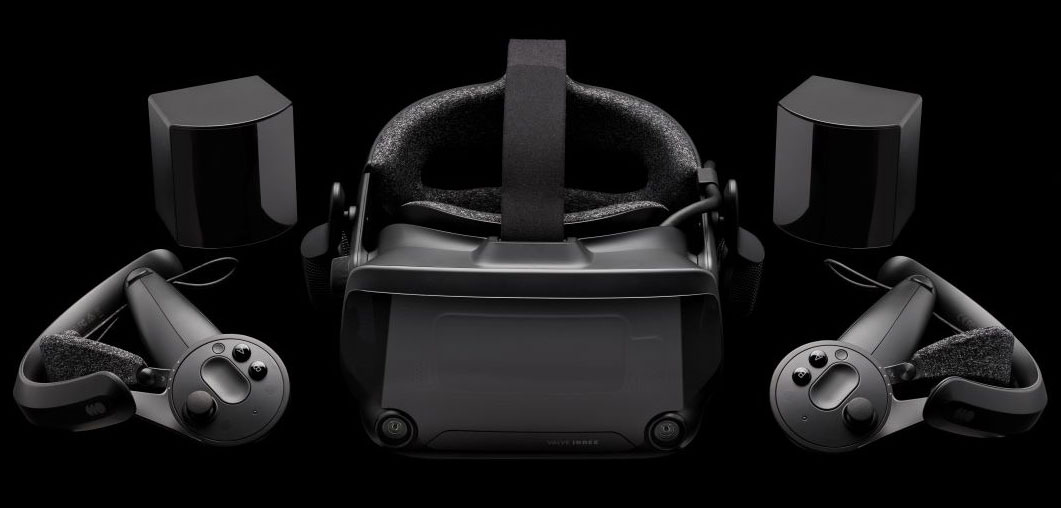We will soon have holograms you can touch thanks to 'aerohaptics'
Jets of air will make it feel like you're shaking hands.

The idea of a hologram you can touch has been my sci-fi dream ever since I saw that episode of Star Trek: Deep Space Nine where the crew played baseball on the holodeck. We're not there yet, but this is a promising step: Researchers at the University of Glasgow have developed a system for holograms using "aerohaptics," where jets of air create the sensation of touch on the user's fingers, hands, and wrists.
"In time, this could be developed to allow you to meet a virtual avatar of a colleague on the other side of the world and really feel their handshake. It could even be the first steps towards building something like a holodeck," wrote Ravinder Dahiya, Professor of Electronics and Nanoengineering at the University of Glasgow in an article in The Conversation.

A small pyramid made up of a series of glass and mirrors was used to project a 2D image that looks like it's hovering in the air. The researchers combined that hologram projector with an air nozzle inside the pyramid that directs jets of air towards your hand, changing pressure depending on the action it is trying to mimic. My favorite part is that the demo uses the Unity game engine to create the virtual objects.

Best VR headset: which kit should you choose?
Best graphics card: you need serious GPU power for VR
Best gaming laptop: don't get tied to your desktop in VR
To show off what their aerohaptic system can do, the team created an interactive projection of a basketball. They claim you could touch, roll, and bounce the ball on a virtual surface. The feedback from the air jets would change on the fly depending on how hard you tried to dribble the ball.
The team will soon be able to adjust the temperature of the air blown to mimic the feel of hot and cold surfaces, and they're looking into adding scents to the airflow. For, you know, total immersion.
Ultimately as the project gets bigger, the idea is it'll find uses outside of holographic gaming without the need for wearing any VR gear.
"While we don’t expect to be delivering a full Star Trek holodeck experience in the near future, we’re already boldly going in new directions to add additional functions to the system," says professor Dahiya.
The biggest gaming news, reviews and hardware deals
Keep up to date with the most important stories and the best deals, as picked by the PC Gamer team.

Jorge is a hardware writer from the enchanted lands of New Jersey. When he's not filling the office with the smell of Pop-Tarts, he's reviewing all sorts of gaming hardware, from laptops with the latest mobile GPUs to gaming chairs with built-in back massagers. He's been covering games and tech for over ten years and has written for Dualshockers, WCCFtech, Tom's Guide, and a bunch of other places on the world wide web.

